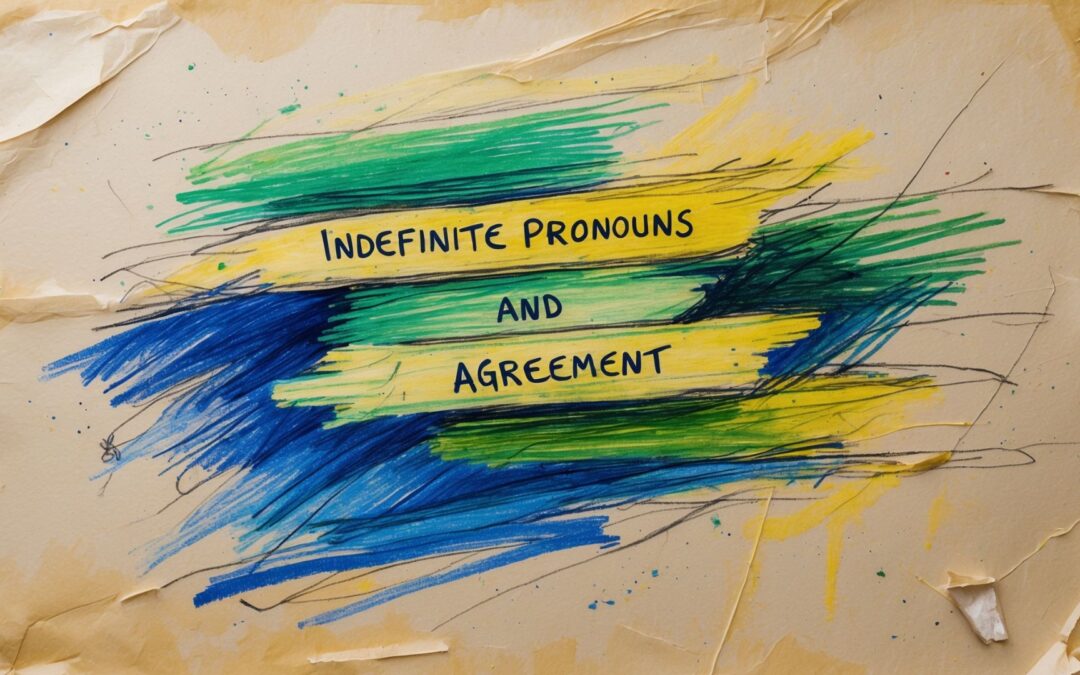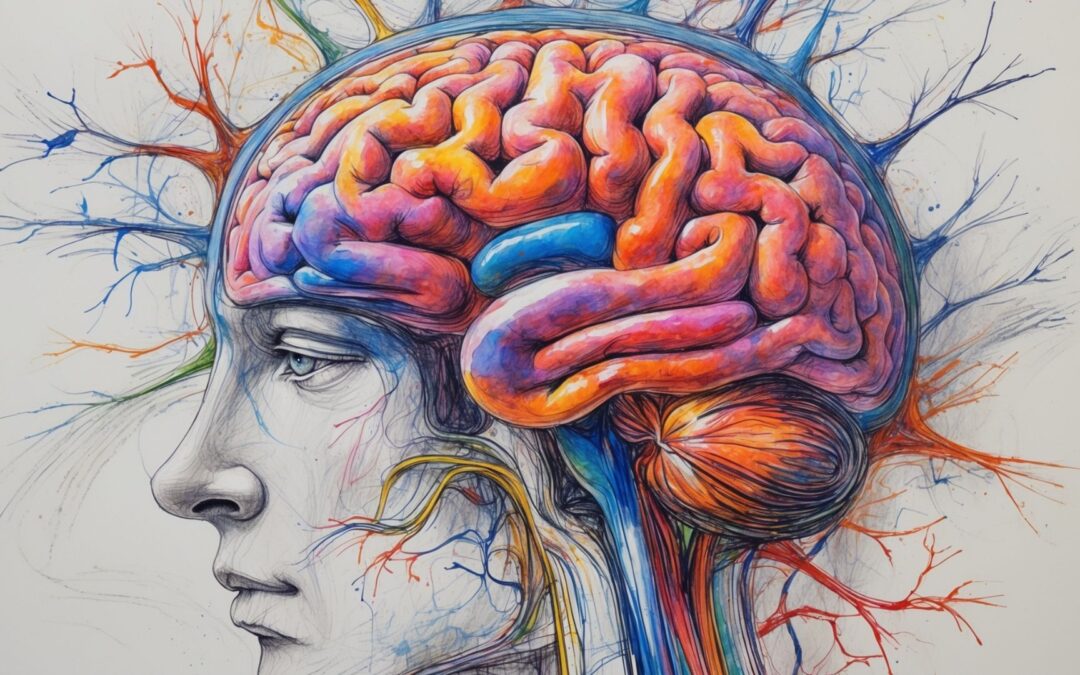In the grand dance of the English language, where every word has its place and rhythm, demonstrative pronouns stand out as the subtle yet powerful leads. You might be wondering, “Why should I bother about something as specific as demonstrative pronouns?” Well, imagine a world where every ‘this’, ‘that’, ‘these’, and ‘those’ is misplaced – chaos would ensue in communication! These little words are more than just grammatical fluff; they’re essential tools for clarity and precision in our daily conversations and writings.
Demonstrative pronouns are like pointing fingers in the world of language. They help us identify and specify objects, ideas, and situations. Without them, we might find ourselves lost in a sea of ambiguity. So, let’s dive in and explore the what, why, and how of demonstrative pronouns, with real-life examples and a sprinkle of humor to keep things lively.
The Fantastic Four: This, That, These, Those
At the heart of demonstrative pronouns are four key players: ‘this’, ‘that’, ‘these’, and ‘those’. Each has its unique role in pointing out things.
- This and These: ‘This’ is used for a singular object or idea that is close to the speaker, both physically and in time. For example, holding up a book and saying, “This is my favorite novel.” ‘These’ is its plural counterpart, used for multiple items near the speaker, like pointing to some nearby trees and saying, “These are oaks.”
- That and Those: ‘That’ refers to a singular object or idea that is farther from the speaker. If you’re reminiscing about a past event, you might say, “That was a great concert.” ‘Those’ serves the same purpose but for multiple items. Looking at stars in the night sky, you might comment, “Those are constellations.
The Power of Context
Context is king when it comes to using demonstrative pronouns effectively. They can refer to something already mentioned or about to be mentioned, anchoring our conversations and writing in clarity. For instance, after describing a situation, saying, “That is why I was late,” helps link your explanation to the reason.
Avoiding the Ambiguity Trap
One of the common pitfalls with demonstrative pronouns is ambiguity. Saying “I don’t like that” without clear context can leave your listeners puzzling over what ‘that’ refers to. Is it the weather, the movie you watched last night, or the broccoli on your plate? Always ensure your ‘this’, ‘that’, ‘these’, and ‘those’ have clear antecedents.
Demonstratives in Real Life
Let’s look at some everyday scenarios:
- Shopping: You’re at a clothing store, and you point to a shirt on the rack, telling the assistant, “I would like to try on that shirt.” Your precise use of ‘that’ makes your request clear.
- In the Office: In a meeting, referring to a recent report, you might say, “This report shows our progress.” ‘This’ immediately directs your colleagues’ attention to the report in question.
- Storytelling: While sharing a story, using ‘that’ can help you refer back to previously mentioned elements, like “That was when I realized…”
In Writing: The Clarity Enhancer
In writing, demonstrative pronouns are invaluable for maintaining coherence. They help connect sentences and paragraphs, guiding the reader through your thoughts seamlessly. When writing a narrative, for instance, starting a new paragraph with ‘Those were the days…’ immediately links back to the earlier discussion of past events.
The Fun Side of Demonstratives
Now, let’s add a bit of humor. Imagine a scenario where someone uses ‘this’ and ‘that’ interchangeably. At a bakery, pointing to a cake right in front of them, they say, “I’d like that cake.” The confused baker hands them a cake from the back. A bit of chaos and a good laugh ensue!
In Conclusion
Mastering demonstrative pronouns might not make you a grammar guru overnight, but it will certainly sharpen your communication skills. These pronouns are not just grammar constructs; they are the bridges that connect our thoughts, words, and the world around us.
So, the next time you use ‘this’, ‘that’, ‘these’, or ‘those’, take a moment to appreciate the clarity they bring to your communication. Remember, in the vast ocean of the English language, demonstrative pronouns are your reliable lighthouses, guiding your words to the shores of understanding. Happy communicating!











0 Comments